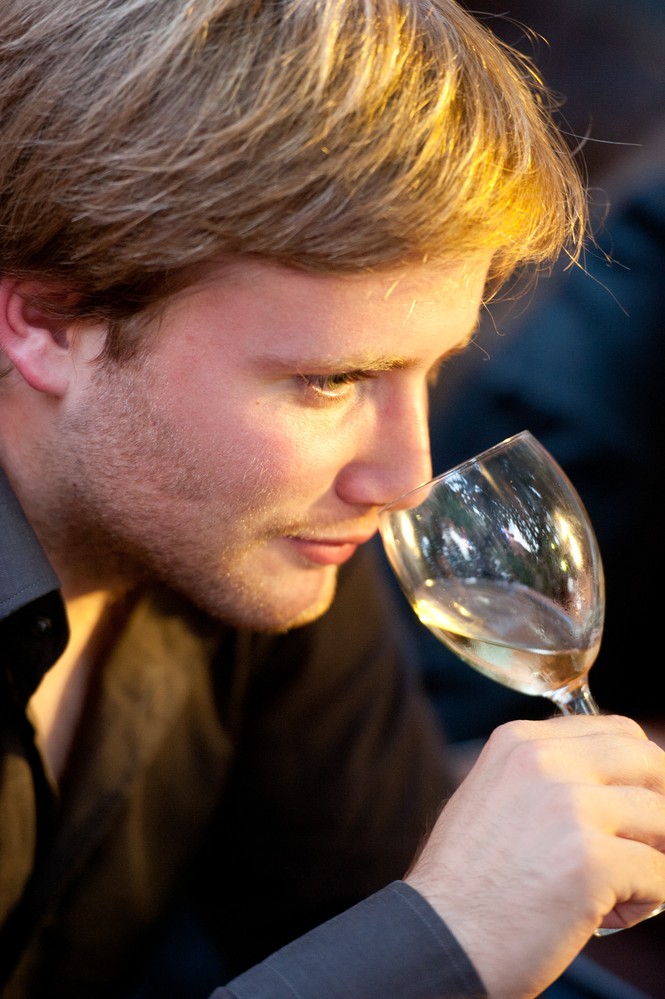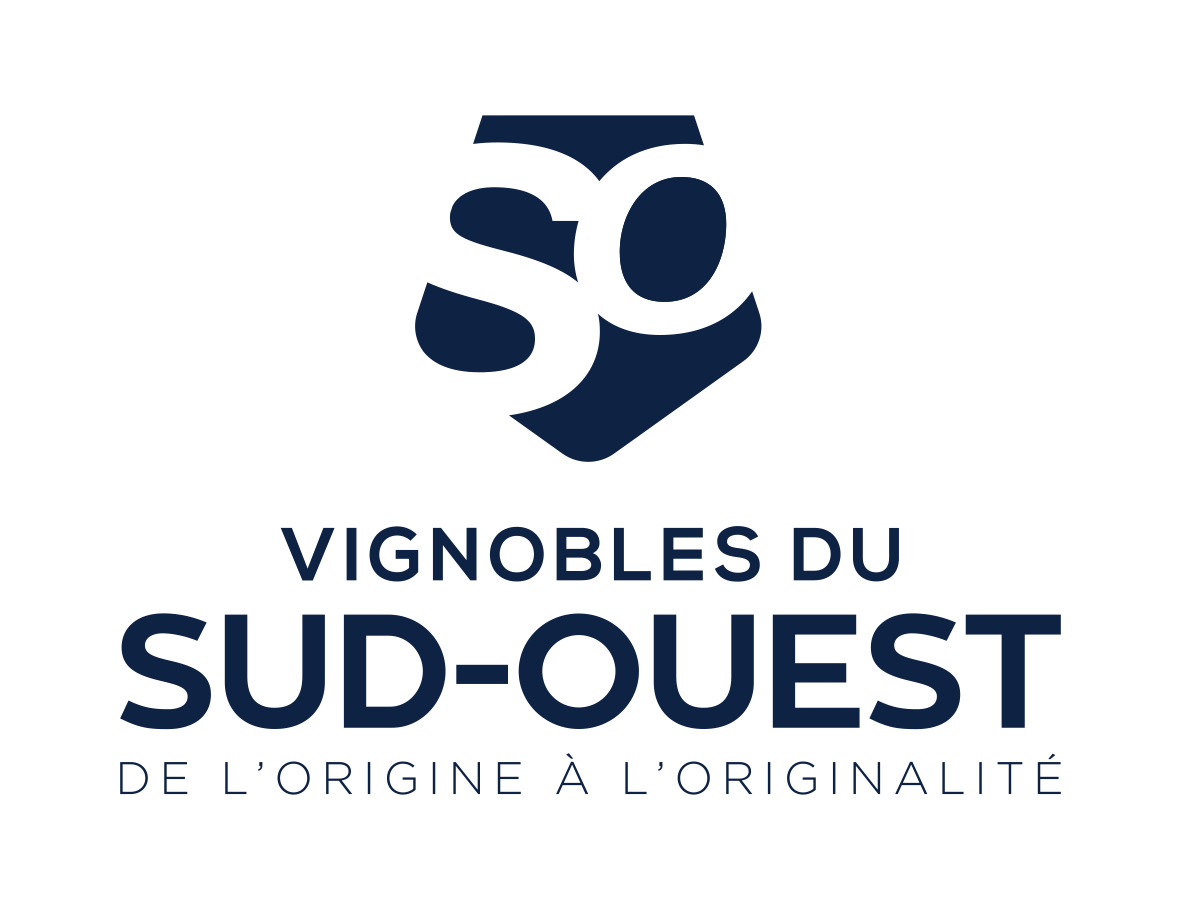Aromas
SOUTH WEST VINEYARDS

The aromas
From grape varieties to aromas, a complex alchemy…
The distinctive characteristics of Southwest wines are largely due to the remarkable aromatic potential of the native grape varieties. At the same time, recent developments in aroma analysis and their influence have enabled winemakers to optimize the exceptional bouquet of the indigenous varieties through specific farming practices in particular (thinning the leaves, tying, etc.).
This is the case, for example, of the Côtes-de-Gascogne wine area in Gers. The success of its white wines can be explained by its flagship grape variety Colombard, which develops characteristic aromas of grapefruit and passion fruit and also by developments in scientific expertise about the aromatic potential of the grapes.
The red grapes used in Southwest wines are mainly Tannat, Cabernet Franc, Malbec, Fer Servadou, Negrette and Duras. Each of the wines from these varieties develops very specific aromatic characteristics ranging from intense fruit to vegetable, often reminiscent of blackcurrant, red berries, truffle, pepper, bell pepper and violet.
The white wines are mainly made with Petit and Gros Manseng grapes, Colombard or Lendelel and develop characteristic aromas of grapefruit, passion fruit, candied fruit or truffles.
Grapefruit
These characteristic aromas found in white Colombard wines (Côtes-de-Gascogne) are generated by a molecule called 3-mercaptoxanol. This compound, present in grape skin as a precursor, is released during fermentation as the yeast reacts.
This molecule also contributes to the aromas of rosé wines made with Negrette (Fronton), Malbec (Côtes-du-Lot) and sometimes white wines made with Gros Manseng (Côtes-de- Gascogne).
Blackcurrant bud / Blackcurrant
The compound responsible for the aromas of blackcurrant bud and bell pepper in the red Cabernet Franc wines of the Pyrenean foothills, Fer Servadou (Gaillac, Irouléguy and Marcillac) and also Cabernet Sauvignon, bears the torturous name of 3-isobutyl-2-methoxypyrazine. With the heat and sun of the Southwest, the bouquet develops towards typical blackcurrant notes.
Truffle
With age, sweet and dessert wines made with Petit and Gros Manseng (Côtes-de Gascogne, Côtes-du-Lot, Pacherenc du Vic-Bilh, Irouléguy and Saint-Mont) as well as red wines with Malbec (Cahors) may develop truffle aromas caused by a molecule called dimethyl sulfide. When present in small quantities, it contributes to the fruitiness of the wines.
Violet
Violet aromas, typical of red Negrette wines (Fronton) are produced by beta-ionone. Because of genetic variations in sensory receptors, some people are unable to smell this compound. By removing the leaves and exposing the bunches to the sun, the winemakers promote its accumulation in the grapes.
Black pepper
Rotundone is the molecule responsible for black pepper aromas, identifiable in the red wines made with Duras, Prunelard (Gaillac) and sometimes Negrette (Fronton).
It was discovered in 2008 by an Australian research team. 20% of people are unable to smell it. Cool and rainy vintages are particularly conducive to its accumulation in the grapes.
Coconut
Coconut notes in wines are associated with aging or maturing in barrels. The molecules responsible are two whisky lactones found mainly in barrels made with low-heated oak staves. These aromas are found in most of the wines made in the Southwest.
Banana
The main molecule associated with banana aromas is isoamyl acetate, often associated with the use of specific yeasts. This compound contributes to the bouquet of red wines (Gaillac, Côtes-du-Lot) and most white and rosé wines from the Southwest.
Mint
The eucalyptol molecule plays an important role in the menthol nuances of red wines made with Fer Servadou or Abouriou. It is synthesized in the grape very early in the season but may also have an external source: the presence of sagebrush in the vineyard or eucalyptus near the vines.


South West Vineyards
Centre INRA - Chemin de Borde Rouge
CS 52637 - 31321 Castanet Tolosan cedex
Phone : (+33) 5 61 73 87 06
Fax : (+33) 5 61 75 64 39
Contact-us
Monday to Friday : 9 am - 5 pm
Alcohol abuse is dangerous for health. To consume with moderation.


